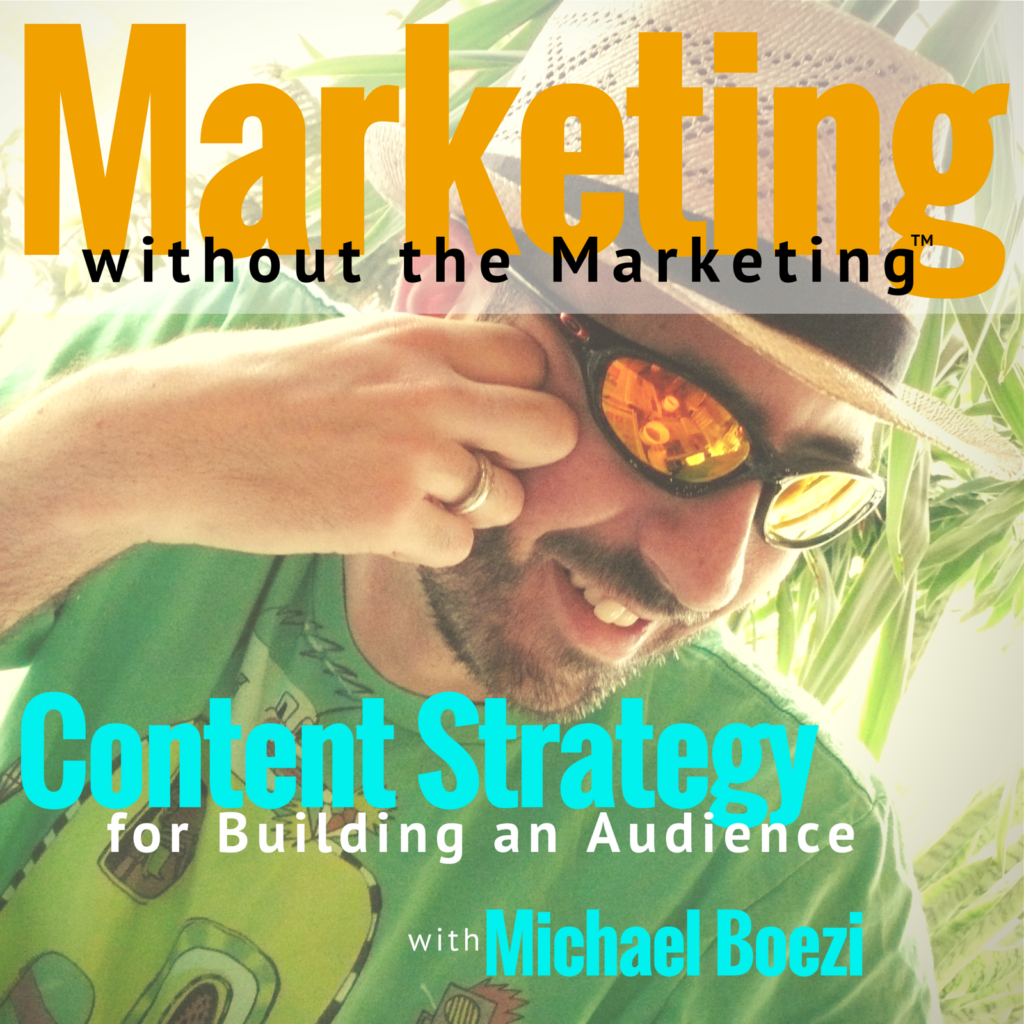When you post a link to an article in one of your social channels, you are making a promise to your audience: “This will be valuable to you.” If your audience trusts you, they are more likely to click. It works the same whether it’s an original piece that you wrote (your blog, podcast, or YouTube video) or content that you curated. You know that the content is good, but your audience doesn’t—yet. So how can you make sure that people actually click on the links that you share?
Of course, the primary factor is what you say about the link. Your Facebook post, for instance, that tells your audience exactly why they will enjoy what you just posted. But there are some important ancillary factors that can up your Click-Through Rate (CTR):
- Post Image. Probably the most important factor. For instance, Facebook favors native images, making them nice and big in the post. But is your image properly optimized? Does it get cropped or resized the wrong way when you post it? Have you carefully selected the file name and alt tags? I give a lot more detail about this in the episode.
- Post Title. Another huge factor. After all, it’s your headline. The title should use the language of your audience, so that they can relate to it. As I’ve said before, it should promise to solve a real issue or provide some real value. And if you can, try to make it “durable,” so that it will still be relevant 12 months from now.
- Post Meta. If your reader has gotten this far, now it’s time to close the deal. The “post meta” is the thing that shows up under the title. If it’s original content (i.e. your blog post), WordPress and other platforms allow you to control what gets delivered in this space. Facebook and LinkedIn let you change this post meta, even with curated content.
In this episode, I give an overview of how to optimize your post title, post meta, and associated images—to make your audience want to click-through to your article. If you’re trying to deliver value to your audience, you have to make sure they’ll take you up on the offer. No click, no value.
Remember, your goal in content marketing is to produce content that people actually want, not content that they actively avoid. When you do that, you have the power—because you have the audience. They actually want to be there, they don’t just sit through it until it’s over.


